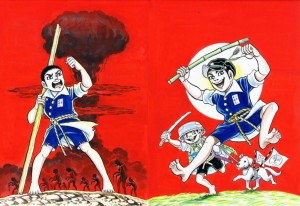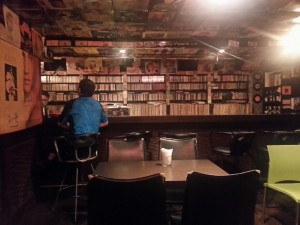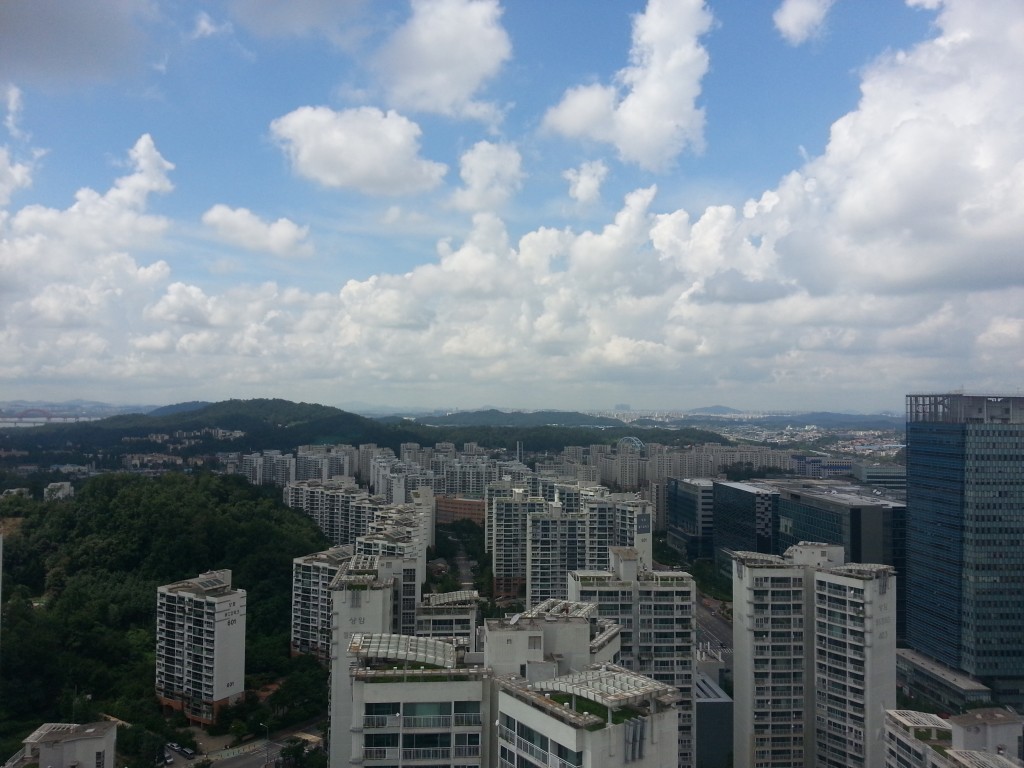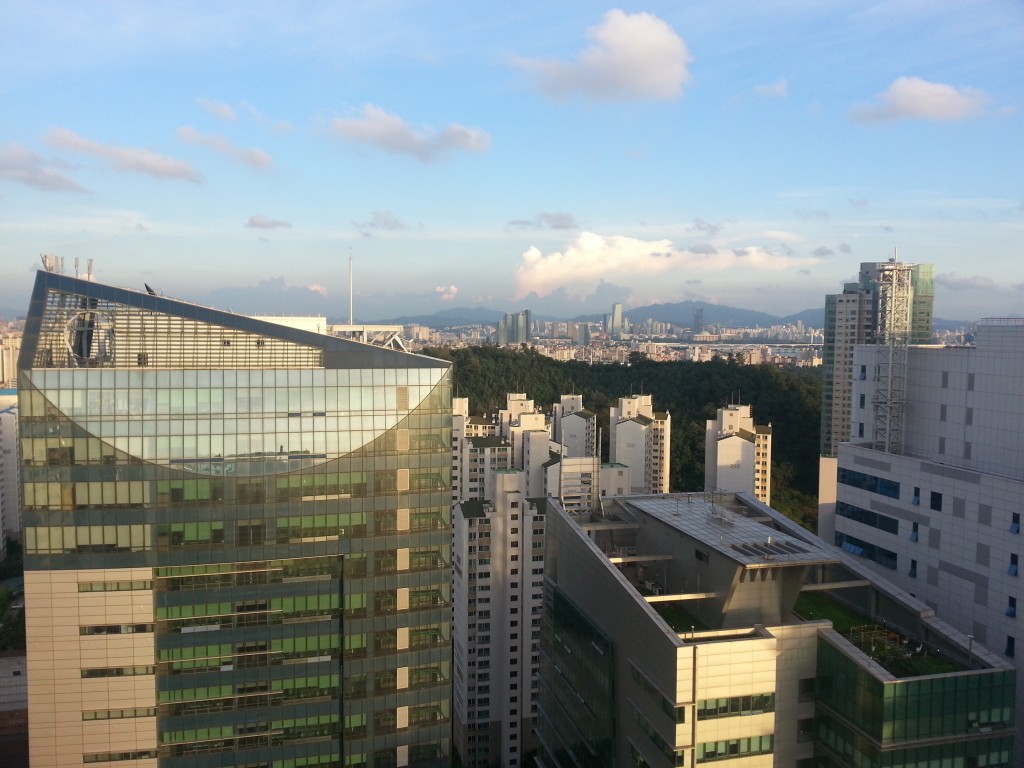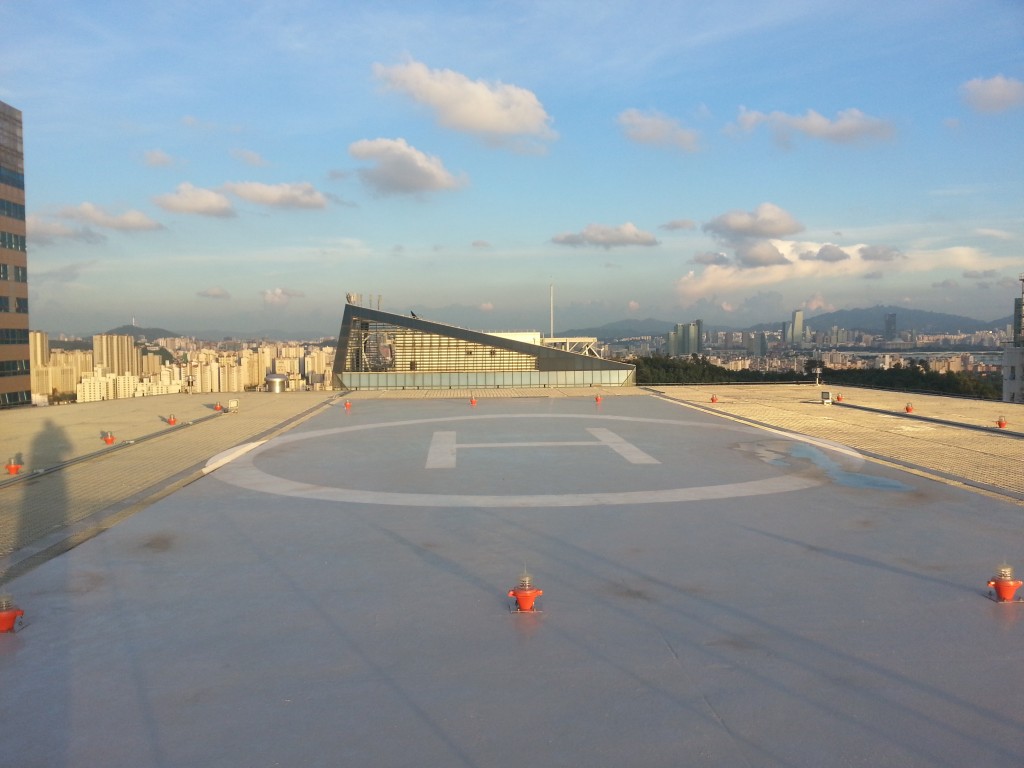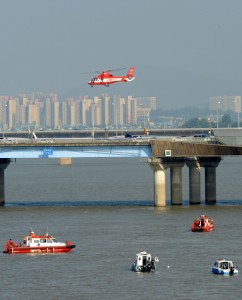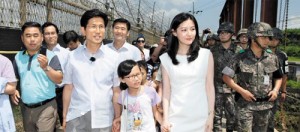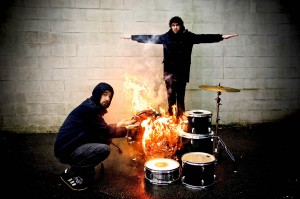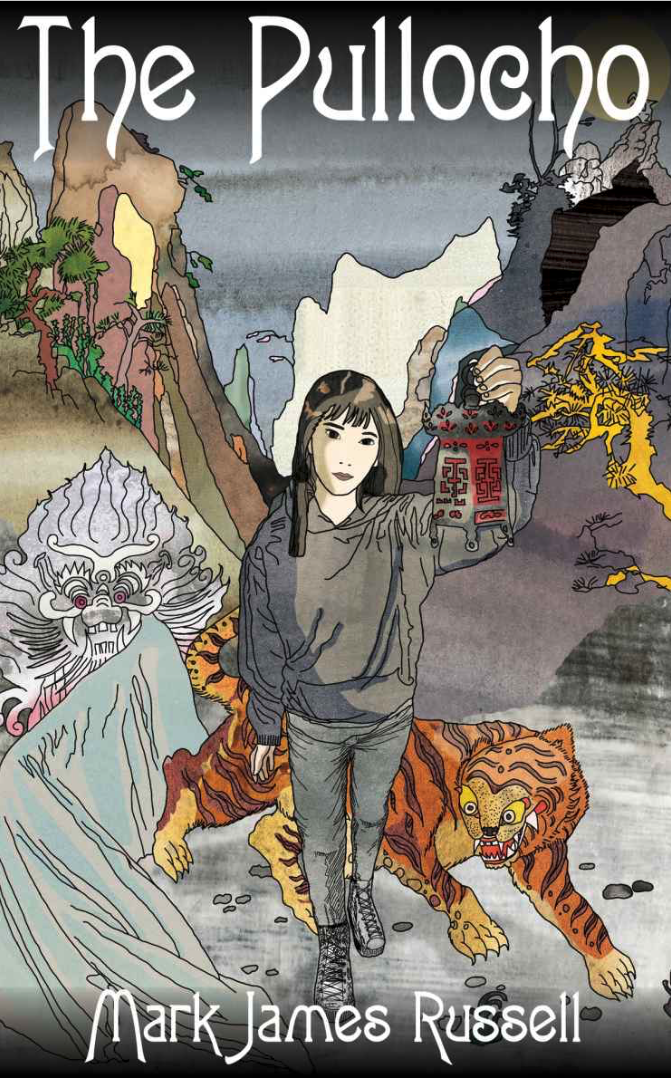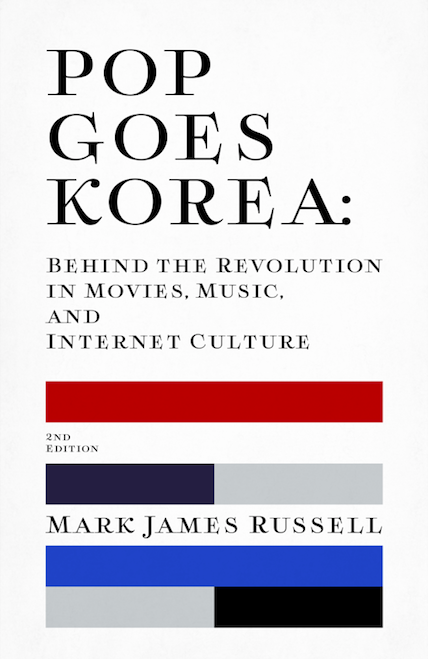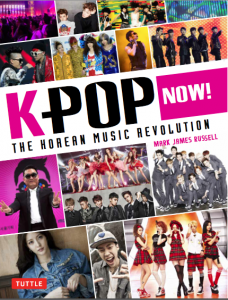I’ve been thinking more about Snowpiercer over the past few days, wondering why I had the reaction I did to the film. And I’m beginning to think it might be a comic book thing.
I’ve only glanced at the comic, Le Transperceneige (in Korean translation), not read it in detail, but I get the sense that it was a dark, more horrific story. With black-and-white, high-contrast art, the comic feels very stylized and ominous.
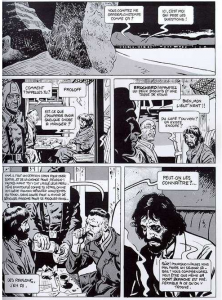
Oh, once again, SPOILERS.
You can do things in comics that are much harder to pull off in film. World-building is easier, as the reader can fill in more details mentally than movie audiences can. Especially for darker-toned works, comics allow for some striking symbolism and contrasts that don’t always work in a movie.
So, when you see the cockroach grinder … in the comics, I could imagine it being a really striking revelation. But in the movie, it just seemed silly. Same thing with the children in the engine — I could imagine it looking grandly terrible in the comic, whereas in the movie, I was just thinking, “That’s kind of dumb.”
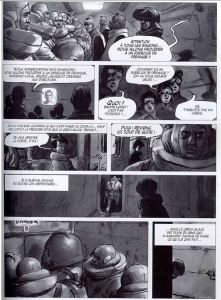
As for monologues and exposition, they can be presented very differently in a comic. Reading text is just another way of telling the story in a comic, and it can be quite compelling. In a movie, it grinds the story to a halt.
And, of course, there is size. At around 252 pages, Le Transperceneige was not huge, but that’s about the equivalent of 11 or 12 regular comic books, which is bigger than a two-hour movie can hold. I’m sure Bong Joon Ho had to make a lot of cuts and changes to turn that story into Snowpiercer.
Bong’s movie is his movie, it was not the comic book. That’s fine. But a lot of the choices he made were sloppy, and some of the more ridiculous parts of the graphic novel seem really over-the-top in a film. Sorry, but for me it just did not work.
Look at Watchmen, which was as close to a frame-by-frame adaption of a comic book as anyone has ever done, but totally rang false as a movie (well, except Persepolis, which was wonderful).
Feel free to pick up Scott McCloud’s Understanding Comics for a great explanation of how comics work and what makes them unique. Much better than anything I could write.
Some other things:
- Snowpiercer had 368,000 admissions Friday to bring its total to 5.2 million (that’s 37.2 billion won). That is 41% drop from last Friday.
- Terror Live had 252,000 admissions to bring its total to 3 million. Terror Live dropped just 24% from last Friday. It will be very interesting to see how both films are doing in a couple of weeks, as their audiences drop and The Flu joins the fray.
